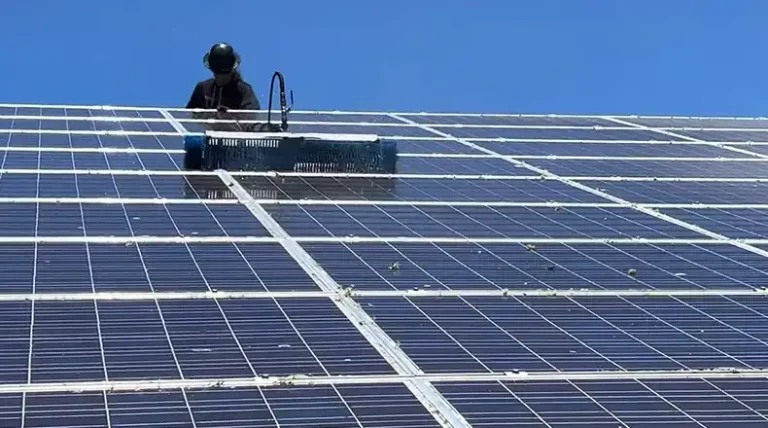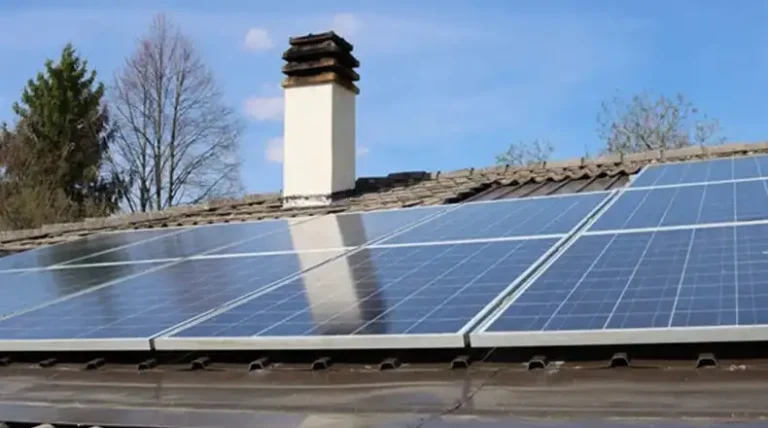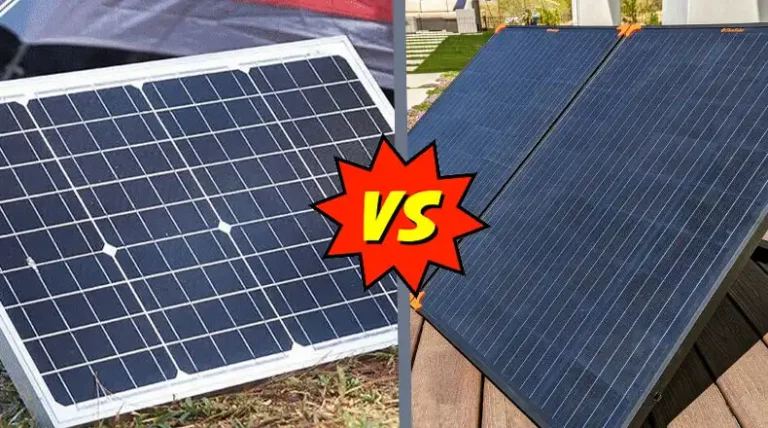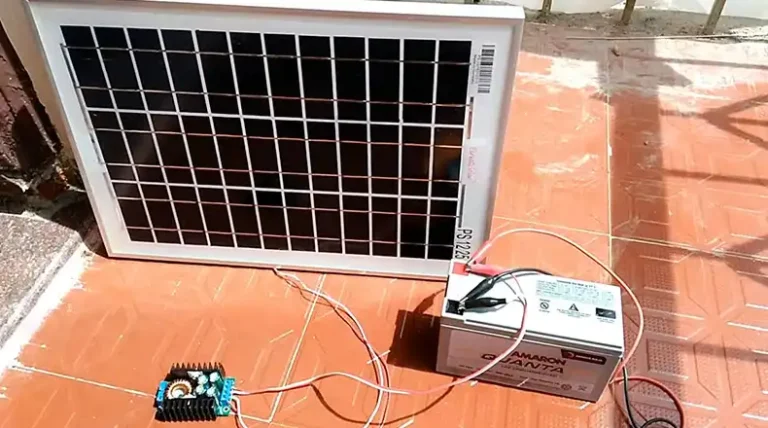Can You Make a Solar Panel out of CDs? [Answerd]
These days, hoax videos and cheap blogs are all over the internet, making false claims seem true. One such claim is that you can make solar panels out of old CDs. While it sounds like a clever eco-friendly hack, the truth is quite different. As someone interested in renewable energy, I was determined to dig deeper and find out if this claim holds any merit. After extensive research and consulting experts, I’ve found the real facts. It’s just a hoax,nothing else!
In this article, I’ll share my findings in simple terms, explaining why solar panels made from CDs are nothing more than a gimmick that doesn’t work in practice. With clear explanations and examples, I’ll debunk this myth so you can separate fact from fiction.
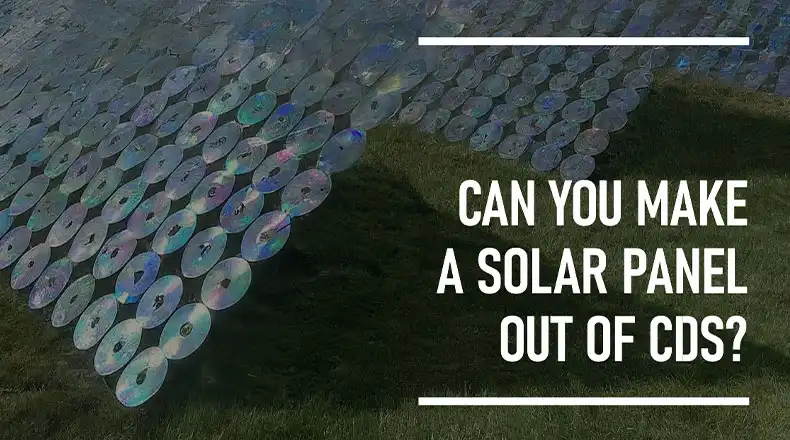
Will the Solar Panel Made out of CDs Work Actually?
Solar panels made from CDs are simply not a thing. Sure, they might look cool as a weekend project, but forget about generating any real electricity from them. It’s kind of like trying to light up your room with a disco ball – flashy, but not very useful. You can make a model or a display piece with CDs, but it won’t work as a real solar panel. To understand why, let’s first look at how solar panels work. Then we’ll see why CDs can’t do the same job.
How Solar Panels Work?
Solar panels are clever devices that take the sun’s energy and turn it into electricity. This happens through a process called the photovoltaic effect. The main parts of a solar panel are called photovoltaic cells, usually made from a material called silicon.
Silicon is a good choice for these cells because of its special properties. When sunlight (which is made up of tiny particles called photons) hits the silicon, it knocks electrons loose from their atoms. These free electrons create an electrical current that can be captured and used as electricity.
But it’s a bit more complicated than that. The silicon in solar cells is treated in a special way. This makes sure that the free electrons flow in one direction, towards one outer layer of the cell. This layer becomes the negative side of the electrical circuit. As the electrons leave this side of the silicon, it creates a positive charge on the opposite outer layer. This becomes the positive side. And that’s how solar panels make electricity from sunlight!
Reasons Why Solar Panel Made Out of CDs Won’t Work
Now, let’s look at why CDs can’t do the same magic as solar panels, no matter how shiny they are.
Key Materials are Missing
Remember that silicon we talked about? The stuff that makes the magic happen in real solar panels? Well, CDs are missing that key ingredient. CDs are made of plastic called polycarbonate, with a thin layer of reflective aluminum or other metal. But none of these things can convert light into electricity.
Reflective Surface
Ds are shiny for a reason – they’re designed to reflect light, not absorb it. This is the exact opposite of what a solar panel needs to do. Imagine trying to get a tan while wearing a shiny suit – not very effective, right? Similarly, a CD’s reflective surface bounces most of the sunlight away, leaving very little for those electrons to get excited about.
Lack of Electrical Properties
Another big issue is that the materials in CDs can’t conduct electricity well enough. Solar panels need materials that can generate electrical current and also let it flow through easily. Plastic and aluminum, the main things in CDs, don’t have these electrical properties.
Poor Energy Conversion
Even if a tiny bit of electricity could somehow be made from a CD setup, it would be extremely inefficient compared to real solar panels. Solar panels are carefully designed with exact materials, layers, and coatings to get the best possible energy conversion from sunlight. CDs just don’t have this advanced engineering.
Not Made for Outdoors
Solar panels have to survive tough outdoor conditions like UV rays, hot and cold temperatures, wind, and rain. CDs are not built to last long in these conditions. They would get damaged quickly, making them useless even if they could generate a little electricity at first.
The core problem is that while the CD reuse idea sounds clever, CDs totally lack the right materials and designs needed to turn light into electricity efficiently. Commercial solar panels are engineered with special semiconductors and optimized designs to get the best performance, efficiency, and durability – something plain old CDs can never match.
FAQs
Can’t I just paint the CDs black to absorb more sunlight?
While painting the CDs black might seem like a logical step to absorb more sunlight, it wouldn’t be enough to overcome the limitations of CDs for solar panels. The lack of silicon and the way the material is structured are the main reasons why CDs wouldn’t generate usable electricity.
Are there any safe and educational projects I can do with my kids using CDs and solar energy?
Absolutely! While you can’t build a functional solar panel from CDs, you can use them for a fun and educational project to demonstrate some basic solar energy concepts. You can create a simple solar oven using a cardboard box, CDs, and aluminum foil. This can help kids understand how sunlight can be captured and converted into heat.
Can any type of plastic be used for solar panels?
No, not all plastics are created equal! The plastic used in CDs (polycarbonate) isn’t suitable for solar panels because it doesn’t have the same conductive properties as silicon. Some researchers are exploring the potential of other types of plastics with unique properties for future solar panel applications, but these are still in the early stages of development.
Wrapping Up
At the end of the day, the pursuit of sustainable energy solutions is crucial for our planet’s future. While ideas like repurposing CDs into solar panels might seem ingenious, it’s important to separate fact from fiction. The truth is, CDs lack the necessary materials and design to effectively convert sunlight into electricity. Instead of falling for gimmicks, focus your efforts on learning about proven solar technologies and supporting initiatives that prioritize renewable energy sources.

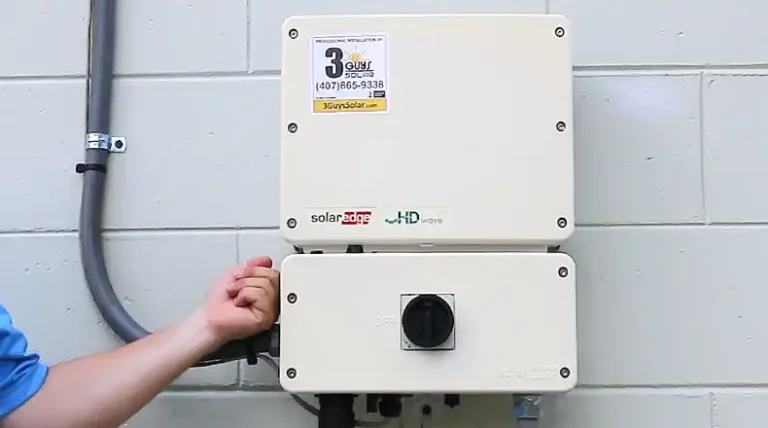
![[Explored] Can You Use Mirrors To Redirect Sunlight On Solar Panels?](https://www.itekenergy.com/wp-content/uploads/2023/08/can-you-use-mirrors-to-redirect-sunlight-768x428.webp)
